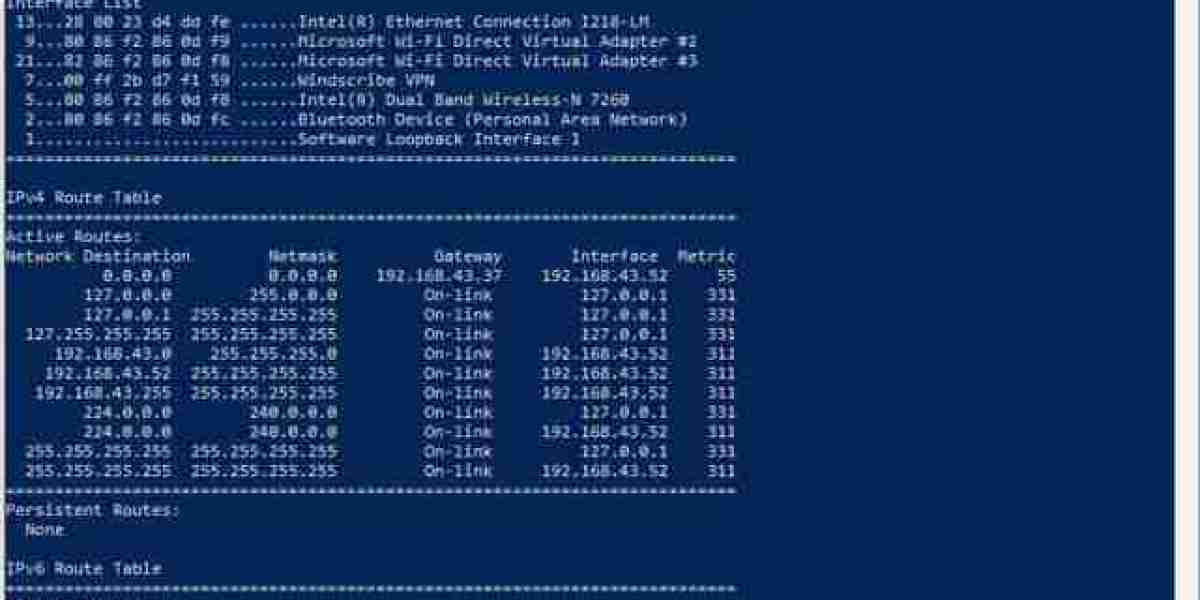The mass notification system market has significantly expanded beyond traditional emergency alerts. These systems are now essential for enabling rapid, real-time communication in critical events across industries such as healthcare, education, transportation, and government. As global concerns around safety, compliance, and disaster preparedness grow, so does the market's relevance and range of applications.

Defining the Market Scope
A mass notification system (MNS) is a platform designed to broadcast alerts and critical messages across a range of channels—such as SMS, voice, email, mobile apps, digital signage, and social media. Initially used for emergency alerts in campuses and cities, MNS has matured into a multi-functional tool for public and private sectors, including use in internal employee communication, business continuity, and crisis management.
The market scope encompasses:
Alert systems for public safety and law enforcement
Critical event management and business continuity communication
IT and cybersecurity incident notifications
Transportation and utility infrastructure updates
Industrial and facility hazard alerts
Application Areas Expanding Market Potential
1. Public Safety and Emergency Management
One of the largest and most traditional applications of mass notification systems is in public safety. Governments and municipalities use these platforms to deliver real-time alerts during natural disasters, terrorist threats, health emergencies, or civil unrest. For instance, during the COVID-19 pandemic, mass notification systems were used to issue lockdown notices and health advisories.
2. Enterprise Risk and Business Continuity
Enterprises are leveraging MNS to ensure operational continuity. From data center outages to supply chain disruptions, MNS enables rapid communication to stakeholders, minimizing downtime and reputational risk. It's also used internally to alert employees during security breaches, severe weather, or fire evacuations.
3. Educational Institutions
Schools, universities, and colleges deploy mass notification systems to communicate with students, faculty, and staff about closures, lockdowns, or emergency drills. These platforms help improve student safety while also complying with local and federal safety mandates.
4. Healthcare Facilities
Hospitals and healthcare networks use MNS for both internal coordination and external communication. Whether it’s a mass casualty event, infectious disease outbreak, or evacuation notice, real-time notifications streamline emergency protocols.
5. Transportation and Infrastructure
Airports, rail stations, and metro systems increasingly rely on MNS to manage operations, delays, or emergencies. These platforms help alert passengers and coordinate with emergency services during critical situations like derailments or fire incidents.
Industry Verticals Driving Demand
Several industry sectors are contributing to the widening scope of the mass notification system market:
Energy & Utilities: Companies in this sector utilize MNS to warn employees and local communities during outages, explosions, or hazardous material leaks.
Manufacturing & Industrial: Plant-wide announcements, hazard notifications, and workforce coordination rely heavily on robust mass notification platforms.
Retail & Hospitality: Used for crowd control, customer alerts, and coordinating responses to security threats or natural disasters.
Military & Defense: Secure, encrypted MNS platforms are vital for communication in conflict zones and high-security environments.
Geographic Scope and Regional Adoption
North America:
This region has the highest adoption due to stringent public safety regulations, high awareness levels, and significant investment in emergency response technologies. The U.S. remains the largest market globally.
Europe:
Countries like the U.K., Germany, and France are investing in smart city projects and integrated public safety platforms. Data privacy regulations like GDPR also influence the customization of MNS platforms.
Asia-Pacific:
Rapid urbanization, growing infrastructure investments, and increasing occurrence of natural disasters have made this a high-growth market. Countries like Japan, India, and Australia are witnessing increased deployments in both public and private sectors.
Latin America and Middle East:
Though at a nascent stage, adoption is rising, driven by government initiatives to modernize disaster preparedness and civil defense systems.
Market Scope by Deployment Type
The scope of the mass notification system market is also categorized by deployment models:
On-Premise: Preferred by government and defense organizations for security-sensitive environments.
Cloud-Based: Rapidly gaining ground due to cost-efficiency, scalability, and accessibility across mobile platforms.
Hybrid Models: Combine local control with cloud-based flexibility, offering balanced security and responsiveness.
Scope for Innovation and Technological Advancements
Technological evolution is continually broadening the market's scope:
AI and Machine Learning: Enhance real-time decision-making and automate alert escalation processes.
Geofencing and Location Intelligence: Allow targeted alerts based on users' location, minimizing panic and maximizing impact.
Multi-language Support: Crucial in diverse geographies for inclusive and understandable communication.
IoT Integration: Connects sensors and smart devices for automatic alerts in case of environmental changes or system anomalies.
Conclusion
The mass notification system market is no longer limited to traditional emergency alerts. It has grown into a versatile communication ecosystem that supports public safety, business continuity, risk management, and cross-industry emergency preparedness. With technology driving innovation and global events emphasizing the need for real-time communication, the scope of this market is set to expand even further, making it a critical component of modern risk and communication infrastructure.




